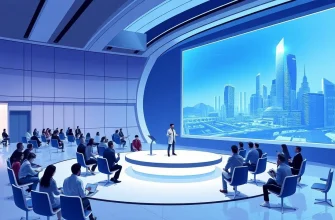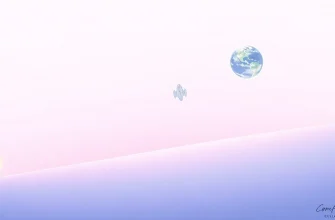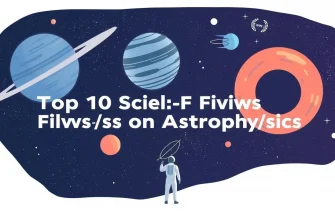Quantum physics has always been a fascinating subject for filmmakers, offering a playground for exploring the bizarre and the unexplained. This curated list of 10 sci-fi films delves into the mysteries of quantum mechanics, from parallel universes to time travel and beyond. Each film not only entertains but also challenges our understanding of reality, making them a must-watch for anyone intrigued by the intersection of science and fiction.
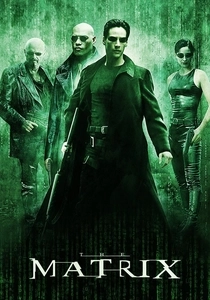
The Matrix (1999)
Description: While primarily known for its virtual reality concept, "The Matrix" also delves into quantum physics with its exploration of consciousness, reality, and the nature of choice.
Fact: The film's "bullet time" effect was a groundbreaking visual technique that influenced many subsequent films.
 Watch Now
Watch Now 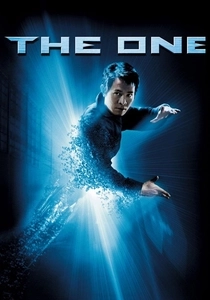
The One (2001)
Description: Jet Li stars in this action-packed film where quantum physics allows for the existence of multiple versions of oneself across parallel universes, with one version seeking to eliminate all others to gain ultimate power.
Fact: The film's concept of a multiverse was inspired by the many-worlds interpretation of quantum mechanics.
 Watch Now
Watch Now 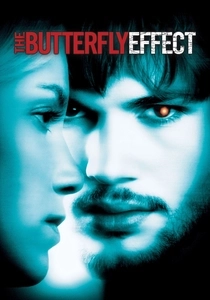
The Butterfly Effect (2004)
Description: Ashton Kutcher stars in this film where changing small events in the past has significant impacts on the present, reflecting the quantum mechanics principle of the butterfly effect.
Fact: The film had multiple endings, with different versions released in theaters and on DVD.
 Watch Now
Watch Now 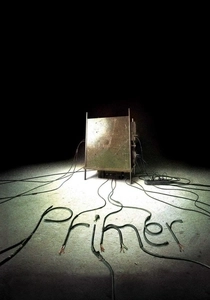
Primer (2004)
Description: A complex narrative about time travel and the unintended consequences of manipulating quantum states, "Primer" is often cited for its realistic portrayal of time travel mechanics.
Fact: The film was made on a budget of only $7,000 and was shot in the director's own house and workplace.
 Watch Now
Watch Now 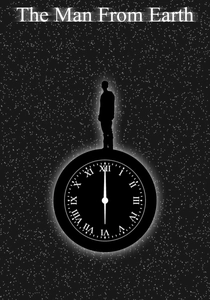
The Man from Earth (2007)
Description: While not directly about quantum physics, this film explores the concept of immortality through the lens of a man who claims to have lived for 14,000 years, touching on quantum immortality theories.
Fact: The entire film takes place in one room, with the dialogue driving the narrative.
 Watch Now
Watch Now 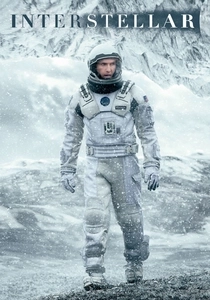
Interstellar (2014)
Description: Christopher Nolan's epic space adventure explores the concept of wormholes, time dilation, and the possibility of traveling through different dimensions, all rooted in theoretical quantum physics.
Fact: The film's depiction of a black hole, Gargantua, was based on real scientific data, and its visual effects were developed with the help of physicist Kip Thorne.
 Watch Now
Watch Now 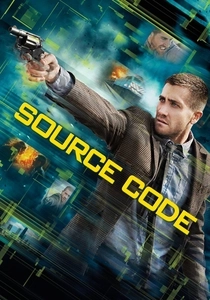
Source Code (2011)
Description: This film uses the idea of quantum superposition to allow a soldier to relive the last 8 minutes of a commuter's life to prevent a terrorist attack, exploring themes of identity and reality.
Fact: The film's ending was changed from the original script to provide a more hopeful and open-ended conclusion.
 Watch Now
Watch Now 
Another Earth (2011)
Description: This indie film uses the discovery of a duplicate Earth to explore themes of guilt, redemption, and the quantum possibility of alternate realities.
Fact: The film was made with a budget of just $100,000 and won several awards at Sundance Film Festival.
 Watch Now
Watch Now 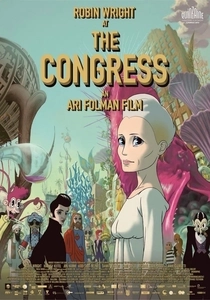
The Congress (2013)
Description: This animated/live-action hybrid explores a future where actors sell their digital likenesses, touching on themes of identity and reality through a quantum lens.
Fact: The film is based on the novel "The Futurological Congress" by Stanisław Lem, known for his speculative fiction.
 Watch Now
Watch Now 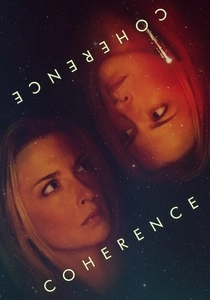
Coherence (2013)
Description: This low-budget film uses the concept of quantum decoherence to explore the idea of alternate realities and the butterfly effect, making it a thought-provoking entry in the quantum physics genre.
Fact: The entire movie was shot in one location, a house, over the course of five days, with the cast improvising much of the dialogue.
 Watch Now
Watch Now 


